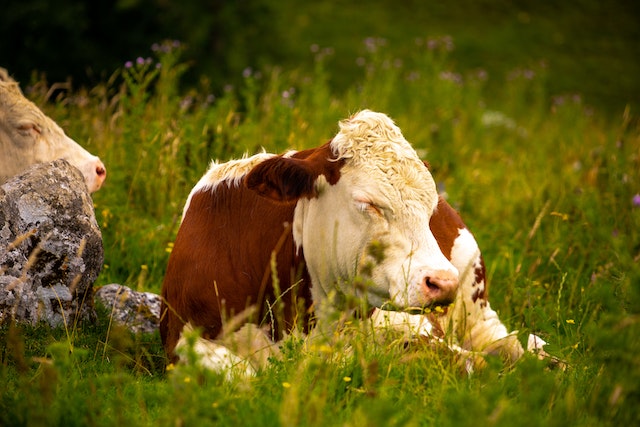Mycotoxins are toxic compounds produced by certain types of fungi that can contaminate our food and pose serious health risks. These chemical substances can cause a range of toxic symptoms when ingested by humans or animals. Let’s delve deeper into what mycotoxins are, their impact, and most importantly, how we can prevent their occurrence.
Understanding Mycotoxins
Mycotoxins are secondary metabolites produced by fungi, primarily from species like Aspergillus, Fusarium, and Penicillium. These toxins can contaminate various food products, including dairy, grains, and animal feed. Mycotoxins are a significant concern in food safety due to their potential health risks to humans and animals. The production of mycotoxins is often related to environmental conditions, plant stress, and damage to grains caused by pests or abiotic factors.
Types of Mycotoxins
Several types of mycotoxins exist, each with unique characteristics and effects. Some of the most common include:
- Aflatoxins: Highly toxic and carcinogenic, these are produced by Aspergillus species. They commonly contaminate peanuts, corn, and tree nuts.
- Ochratoxins: Produced by Aspergillus and Penicillium species, these can be found in cereals, coffee, dried fruits, and wine. Ochratoxin A is particularly known for its kidney-damaging effects.
- Fumonisins: Primarily found in corn and corn-based products, these are produced by Fusarium species. They’re linked to esophageal cancer and neural tube defects.
- Trichothecenes: Also produced by Fusarium species, these can contaminate grains such as wheat, barley, and oats. They’re known for suppressing the immune system and damaging cells.
Impact on Health and Economy
The presence of mycotoxins in food can lead to significant health issues. Some mycotoxins, like aflatoxins, are classified as carcinogens. They can also cause acute diseases and affect various organs, including the liver and kidneys, and suppress the immune system of both animals and humans. Beyond health concerns, mycotoxins also have substantial economic impacts, affecting international trade, food security, and animal productivity.
Preventive Measures against Mycotoxins
Preventing mycotoxin contamination is crucial for ensuring food safety. Here are some key preventive strategies:
- Pre-harvest strategies: Focus on preventing fungal contamination in the field. This includes proper crop management and pest control.
- Crop rotation and resistant varieties: Using crop rotation and planting mycotoxin-resistant crop varieties can reduce the risk of fungal infections.
- Rapid drying after harvesting: Reduce moisture content to 10%-13% for cereals, which is considered safe for storage.
- Proper storage conditions: Store feed in dry conditions with low humidity, proper aeration, and protection from rodents and pests.
- Quality assurance programs: Implement comprehensive programs to eliminate or reduce mycotoxin-producing fungi in dairy products.
- Pasteurisation: For dairy products, pasteurisation at 72°C for 15 seconds can inactivate most moulds and their spores present in raw milk.
Conclusion
Mycotoxins pose a significant challenge to food safety, particularly in dairy products. While cold and dry climates reduce the risk, high temperatures and humidity significantly increase fungal contamination. This is less of an issue in the UK, but traditional Italian cheeses have been found to contain mycotoxins due to the region’s natural fungal population.
For instance, a study in Italy found that many cave-aged cheeses contain mycotoxins. Researchers looked at 22 cheese samples from 13 different places, mostly in the Apulia region. They discovered that 86% of the cheeses had at least one type of toxin-producing fungus. It is important to note that mycotoxins are also a big problem in countries in Sub-Saharan Africa, as mentioned in the sources below.
Understanding mycotoxins and their prevention is key to ensuring safer, healthier food for all. While completely eliminating these toxins is challenging, implementing robust preventive measures can significantly reduce contamination risks. Raising awareness about these dangers and supporting effective food safety measures are crucial steps in protecting our health and maintaining the integrity of our food supply.
Sources
https://www.who.int/news-room/fact-sheets/detail/mycotoxins
https://doi.org/10.1016/j.idairyj.2016.07.002
https://www.mdpi.com/2072-6651/12/4/222
https://www.sciencedirect.com/science/article/abs/pii/S0740002018303903


